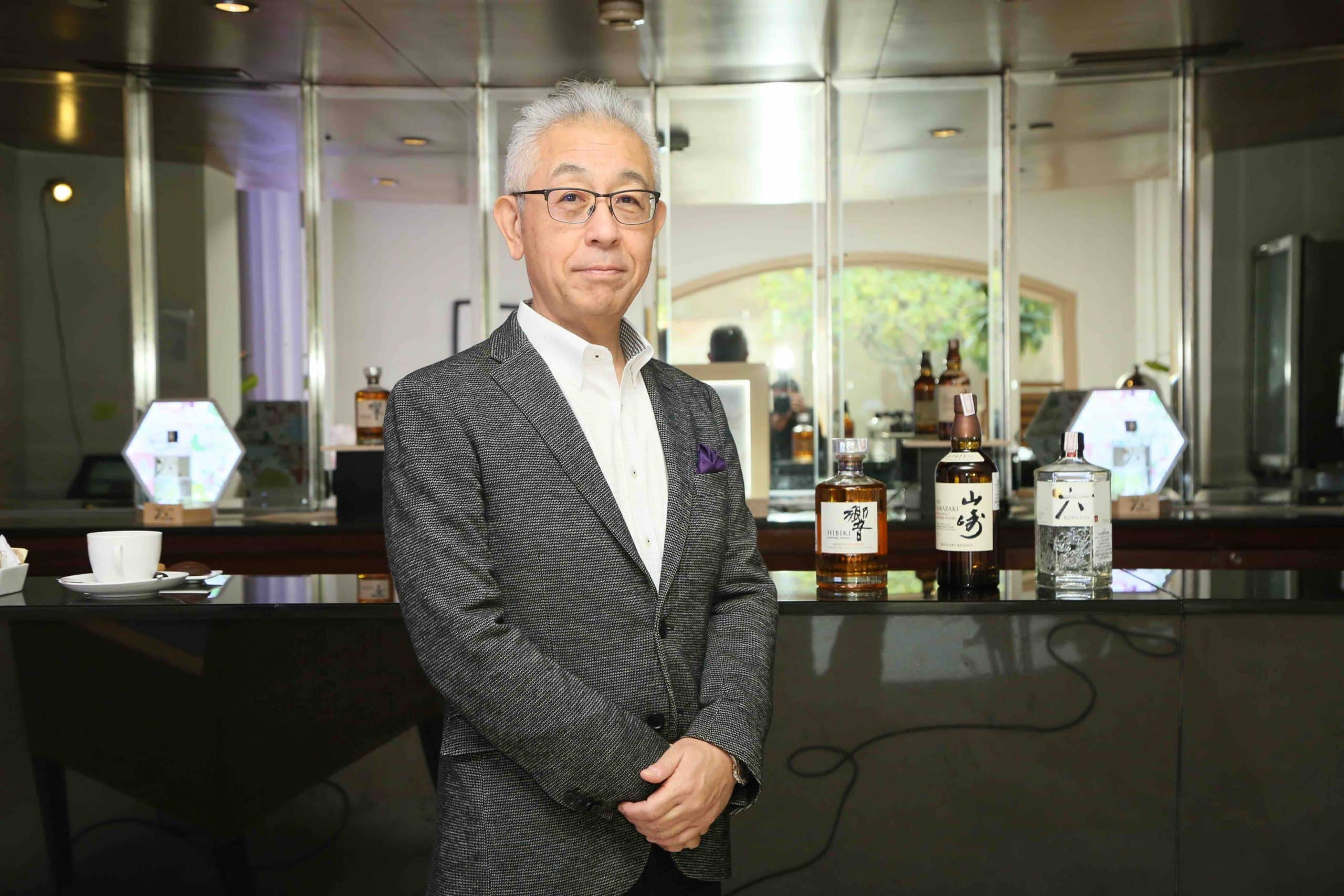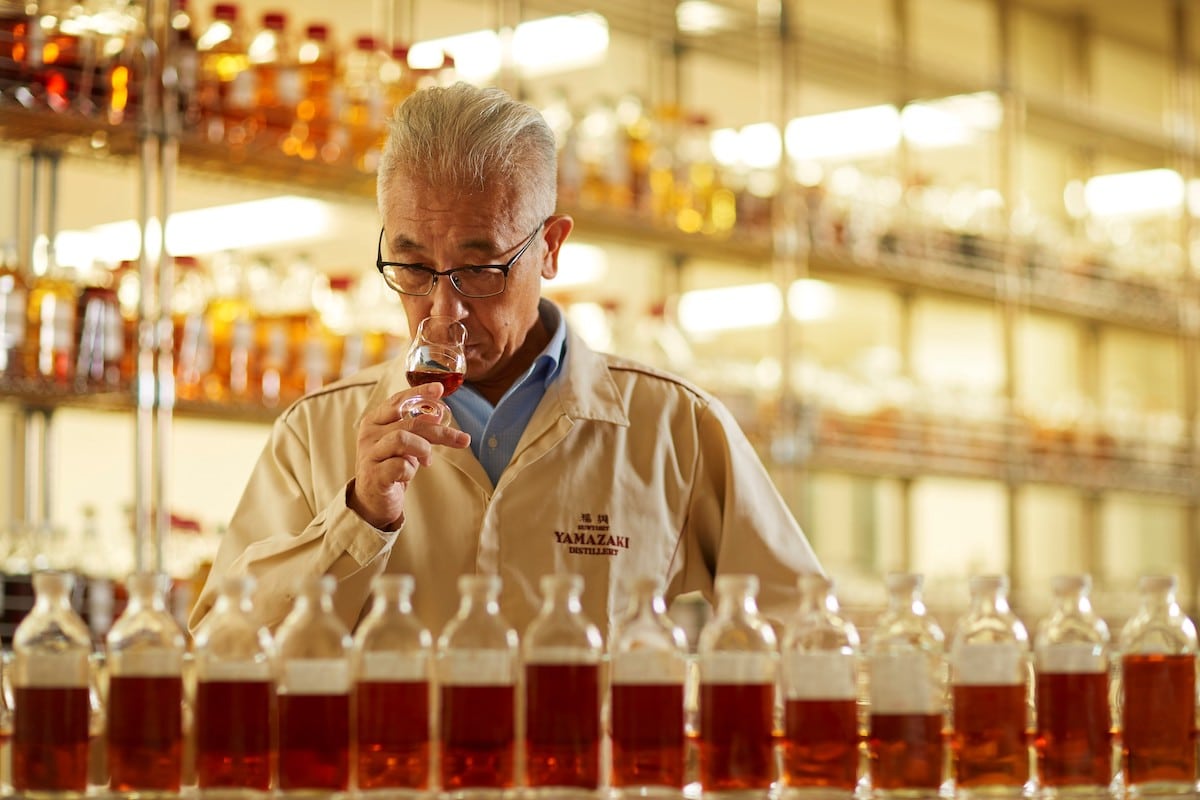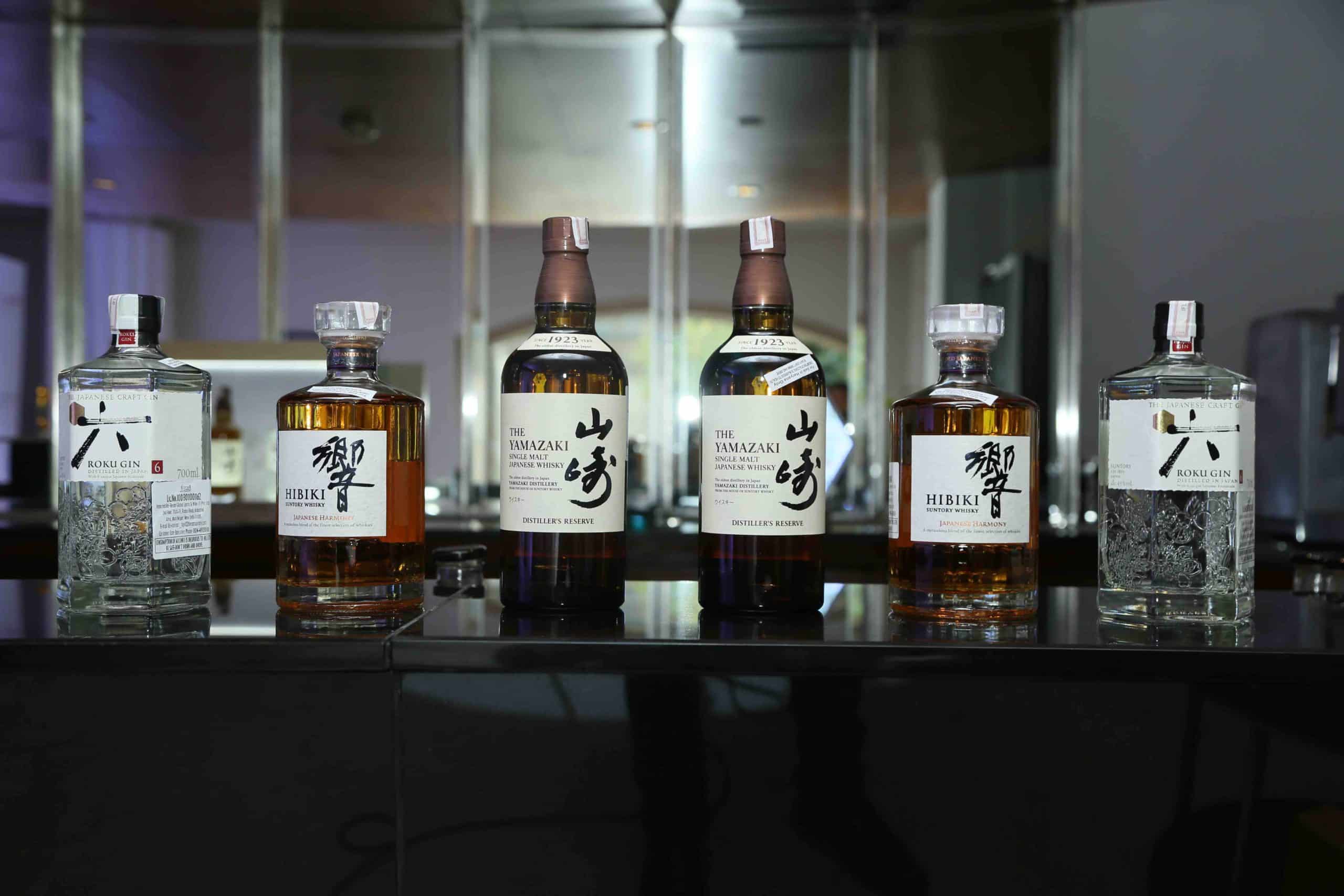Shinji Fukuyo, Chief Blender for the House of Suntory, was in India for the launch of select brands from the House of Suntory portfolio, Yamazaki Distiller’s Reserve, Hibiki Harmony and Roku Gin. Fukuyo San is a world renowned blender, and only the 5th ever Master Blender from the House of Suntory.

Fukuyo San, currently there is no definition of Japanese Whisky. Is that correct?
We do have a definition of what is whisky in Japan, but not of what is Japanese whisky.
Is there any move towards defining set standards for Japanese whisky?
There are many different opinions on that subject, but we are now trying to set some standards as regards what Japanese whisky is.
What is more difficult to make? A Single malt whisky or a blended whisky?
In the case of Malt whisky, it is relatively easy to express the character of the liquid, with just a few variables like the type of casks or the type of pot stills playing a role to design a malt whisky brand. In the case of blended whisky, where we are using malt whisky and grain whisky, we have to harmonize the two, so it’s relatively more difficult to highlight the distinguishing characteristics of the final blend.

Given the worldwide shortage of Japanese whiskies, especially aged stocks of Japanese whisky, what measures are being taken to bridge the supply-demand gap?
Over the last five years, we have expanded our distillation capacity, we have added 2 more pairs of pot stills each in Yamazaki and Hakushu distilleries, so we have much more distillation volume, and as a result we need much more warehouses, so every year we are building more warehouses to prepare for future demand.

I was reading about your Chita grain whisky, an important component of your blends, and you have “’light”, “medium” and “heavy” styles. What is the difference?
Two key elements determine this, one is the distillation. We have 4 column stills at Chita. When we distill light style, we use all 4 columns, for medium, 3 columns and for heavy, 2 columns. Using two columns we can distill much heavier spirit. The other point is the ratio between corn and malted barley. When we distill heavier type, we use much more malted barley.
For Japanese single malt whisky from Yamazaki or Hakushu, have you ever used finishes? (the term finish in the whisky industry refers to a practice of secondary cask finishing, where the liquid after spending the bulk of its life in say an American oak barrel, is “finished” in another kind of cask, say a wine or a rum cask.)
Sometimes. For example, for the Yamazaki Distiller’s Reserve, one of the single malts used, is a wine cask finish Yamazaki. The wine cask was a Bordeaux red wine cask made from French oak. We also launched Hibiki Blender’s choice last year, which also included wine cask finish whiskies, for some of the malt and grain whiskies in the blend.
How would you recommend that consumers drink the Yamazaki Distiller’s Reserve and the Hibiki Harmony?
Whisky is a very mixable spirit. However, I recommend you start with straight, and then add a drop of water to open the aromas. On the rocks is always a good treatment.
What is your sense of the palate of the Indian consumer?
I still have a lot to understand about the Indian palate, but so far I think that the Indian food and snacks is very spicy and high strength alcohol may not go very well with that, which is why Indians might be diluting their whisky with water or soda. I see that some Indians also like very smoky whisky.
What’s your own favourite whisky?
Depends on the occasion. In summer time I prefer a Toki Highball. Toki is a very approachable whisky from our portfolio, especially from a price point. Tall glass, lots of ice, whisky, soda and a squeeze of lime. In winters, I enjoy Kakubin, another best-selling Japanese whisky, first launched in 1937.

